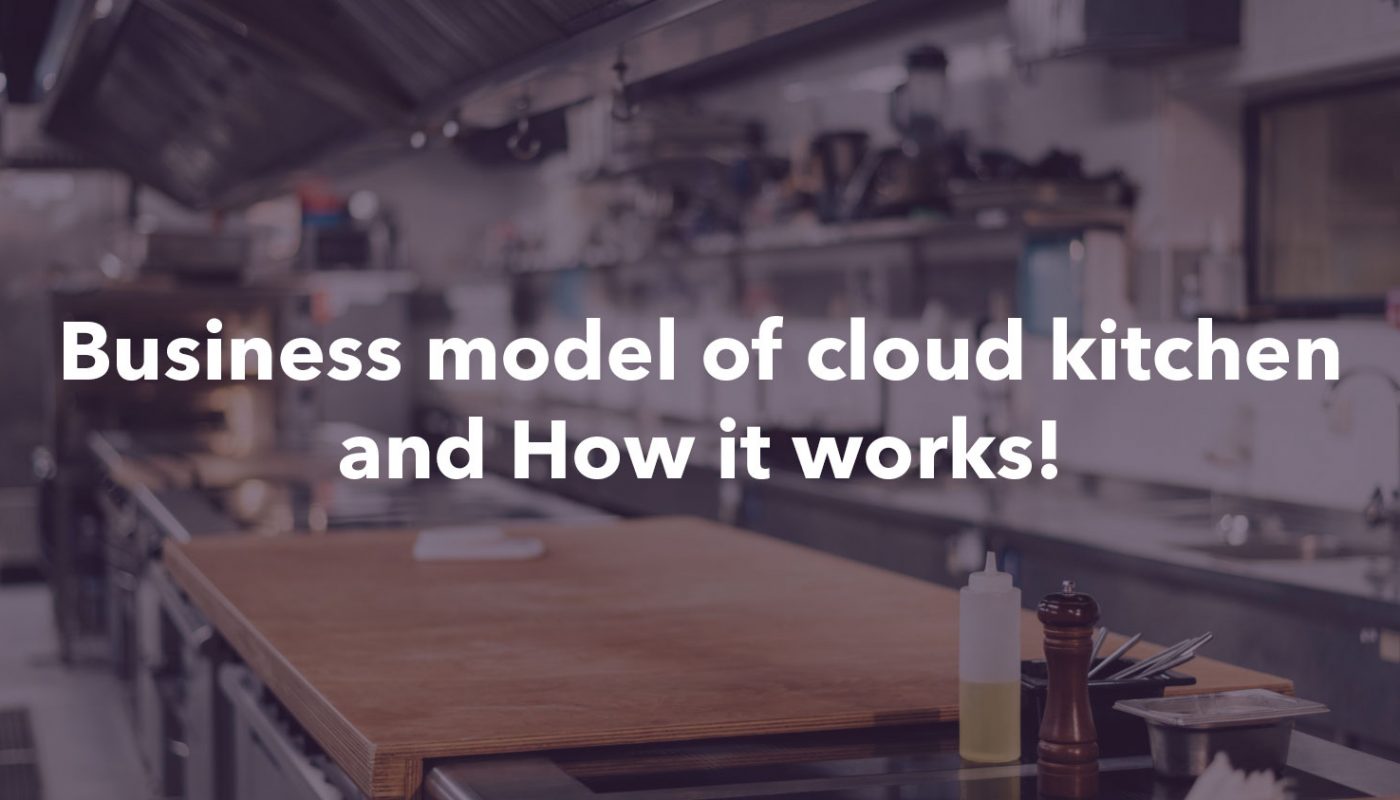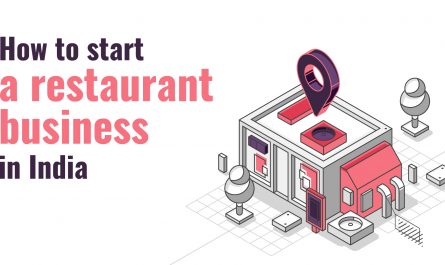Table of Contents
From mama’s kitchen to cloud kitchens, how the whole concept of filling out our cravings has drastically changed. Cloud kitchens are also known as Ghost kitchens and shared kitchens. It’s not a new concept in the market, but after the Covid-pandemic, this has taken huge popularity amongst the restaurant businesses. More consumers are relying upon the food delivery services and have become habitual to eating at home.
Business model of Cloud Kitchen
Cloud kitchens are the kitchens/food business that operates with no physical presence of store in the eyes of its consumers. These types of kitchens have a customer base that recognizes them through online mode or marketing. The rise in food delivery service rather than opting for eating at restaurants has given rise to the concept of Cloud Kitchens. Since consumers are relying more upon food delivery services, through the cloud kitchens, the restaurant business is able to save extra costs of in-house activities. Let’s discuss how the cloud kitchen model works. Click here to know the evolution of cloud kitchens.

Types of cloud kitchens
The cloud kitchen model works on an independent, hybrid or multi-brand basis. Independent cloud kitchens belong to only one brand. It serves the consumers whereas multi-brand cloud kitchens serve through multiple food brands under one brand. Hybrid cloud kitchen serves in two separate ways where they take online orders but also provide takeaway services.
Lower overhead costs
The costs of fancy restaurant infrastructure,, staff serving the clients, floor spacing, furniture and decorations get eliminated. Helping the restaurants to save more and provide better services which the customer experience-centric on the basis of quality and handling of the food.

User data and ease adaptability
Because cloud kitchen restaurant owners rely more on online orders, they are also inclined towards tech-related solutions. They rely more upon the customer data and analytics so they are able to adapt as the customer’s needs and preferences.

Effective brand awareness, reach, and marketing
Since the reliance on cloud kitchens are more on tech, they generally have a good online presence. Since they spend no time on catering, they are able to spend more time on social media and know the emerging trends amongst the consumers.

Why sudden boom of cloud kitchen in India?
Earlier, there were few cloud kitchens that were operating in India like Rebel foods which runs 8+ brands from the same cloud kitchen. The brands like Faasos, Behrouz, Ovenstory, sweet truth are some of its famous and established brands in the Indian F&B Industry. The impact of covid-pandemic was huge. The demand for delivery services became much higher. Now even after the restaurants are open, people are relying more upon delivery services. Many restaurant businesses have understood the consumer behavior. The trends going on in the market and to adapt themselves as per the trend. They started cloud kitchens where there are multiple benefits. Lower capital investment needs and in-house activity costs, more efforts on consumer satisfaction, etc. The concept of cloud kitchen comes with lots of benefits but also has huge disadvantages. No personal customer-restaurant engagement, higher competition, and huge dependency on food aggregators.
You can also Visit – https://blog.yumzyx.com/cloud-kitchens-are-great/ to know more on how you can retain the cloud kitchen business during the situations like Covid pandemic.




